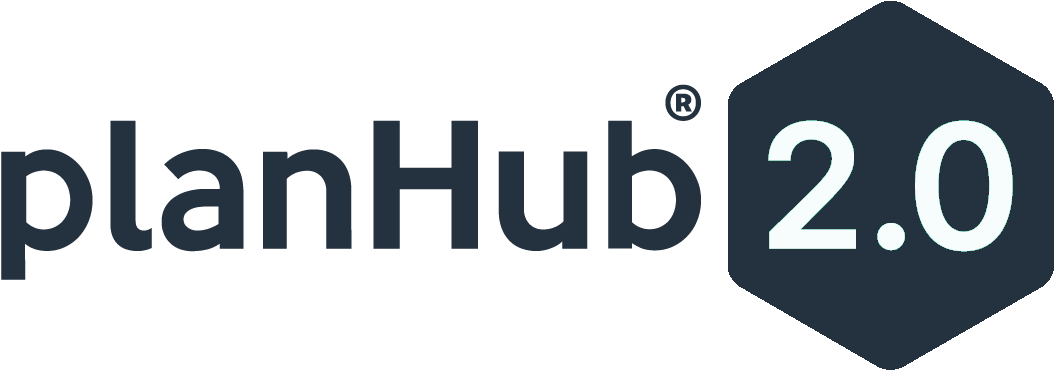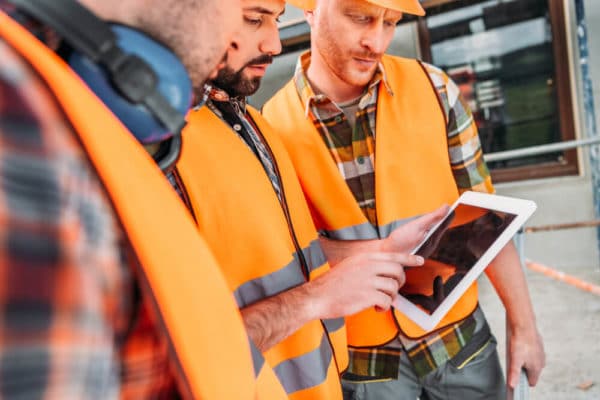As much of the world embraces technology and new innovations, construction is often slow to adopt. One digital product that has been gaining momentum in the industry is digital twins. These building models allow owners and builders to understand buildings during operation, predict future performance, and gather important information about their buildings. Let’s take a look at digital twins and how they can benefit the construction industry.
What is a digital twin?
In case you aren’t familiar with digital twins, they are a virtual copy of a physical item. They’re often used in manufacturing and production and have recently started to expand into the construction industry. In construction, they are often used to represent a built asset, such as a building.
Digital twins are used to model and predict real life scenarios in the physical world. They help maintenance and operations teams make better decisions, understand building performance, predict future performance, and quantify materials. They rely on sensors and the internet of things to measure real-time performance, and artificial intelligence to predict future outcomes.
Some see digital twins as similar to BIM (building information modeling) for facility maintenance, but they each work with a different data set. While BIM data models the built asset at the time of turnover, digital twins are based in real time and project into the future.
What Is a Digital Twin in Construction?
A digital twin in construction refers to a virtual representation or model of a physical structure, system, or project. It is a digital counterpart that mirrors the real-world construction project, capturing both its physical and functional characteristics. The concept of a digital twin has gained prominence with advancements in technology, including Building Information Modeling (BIM), Internet of Things (IoT), and other digital tools.
Key aspects of a digital twin in construction include:
- 3D Modeling: Digital twins often involve 3D models that represent the physical structure or infrastructure. These models can include detailed information about the design, materials, and components.
- Data Integration: Digital twins are not limited to visual representation; they also incorporate various data sources. This may include real-time data from sensors embedded in the construction site or building, historical performance data, and information from other project management systems.
- IoT Sensors: Internet of Things (IoT) devices and sensors play a crucial role in digital twins. These devices can monitor and collect data on various aspects of the construction project, such as temperature, humidity, structural integrity, and equipment status.
- Simulation and Analysis: Digital twins enable simulation and analysis of different scenarios. Construction professionals can use these simulations to assess the impact of design changes, optimize processes, and identify potential issues before they occur in the physical construction environment.
- Project Lifecycle Management: Digital twins support the entire lifecycle of a construction project, from planning and design to construction and operation. This helps in better project management, collaboration among stakeholders, and efficient maintenance once the structure is in use.
- Remote Monitoring and Control: With the help of digital twins, construction sites can be monitored remotely. This is especially useful for large or complex projects where real-time information is essential for decision-making.
- Improved Collaboration: Digital twins facilitate collaboration among various stakeholders involved in a construction project, including architects, engineers, contractors, and facility managers. It provides a common platform for sharing information and coordinating activities.
How to use Digital Twins in Construction?
Using digital twins in construction involves implementing advanced technologies and methodologies to create, manage, and leverage digital replicas of physical structures. Here’s a step-by-step guide on how to use digital twins in construction:
- Define Objectives and Scope: Clearly define the objectives you want to achieve with digital twins in your construction project. This could include improving collaboration, optimizing construction processes, reducing costs, and enhancing project efficiency. Determine the scope of the digital twin, considering whether it will cover the entire project lifecycle or specific phases.
- Implement Building Information Modeling (BIM): BIM is a foundational technology for digital twins in construction. Create a detailed 3D model of the physical structure using BIM software, incorporating information about design, materials, and components.
- Integrate IoT Sensors: Deploy IoT sensors and devices at the construction site to collect real-time data. These sensors can monitor various parameters such as temperature, humidity, structural health, and equipment status. Integration with the digital twin allows for a comprehensive view of the construction environment.
- Connect Data Sources: Integrate data from various sources, including BIM models, IoT sensors, project management systems, and other relevant databases. Ensure that the digital twin is fed with accurate and up-to-date information.
- Simulation and Analysis: Use the digital twin for simulation and analysis. This could involve simulating construction processes, testing different design scenarios, and assessing the impact of changes before they are implemented in the physical environment.
- Collaboration Platform: Implement a collaboration platform that allows stakeholders, including architects, engineers, contractors, and project managers, to access and interact with the digital twin. This platform should facilitate communication and data sharing.
- Real-Time Monitoring: Leverage the real-time monitoring capabilities of the digital twin to track progress, identify potential issues, and make informed decisions. This is particularly useful for remote monitoring of construction sites.
- Lifecycle Management: Use the digital twin throughout the entire project lifecycle, from planning and design to construction and operation. Ensure that the digital twin is updated with as-built data to accurately reflect the physical structure.
- Training and Adoption: Train the project team on using digital twin technologies and encourage adoption. This may involve providing training sessions, workshops, and support to ensure that stakeholders are comfortable working with the digital twin platform.
- Continuous Improvement: Regularly assess the performance of the digital twin and identify opportunities for improvement. This could involve incorporating feedback from users, updating models based on as-built data, and exploring new technologies to enhance the capabilities of the digital twin.
By following these steps, construction professionals can effectively implement and use digital twins to streamline processes, enhance collaboration, and optimize construction projects. The key is to integrate digital twins into the project workflow and leverage them as powerful tools for decision-making and project management.
The use of digital twins in construction can result in improved efficiency, reduced errors, and better-informed decision-making throughout the entire lifecycle of a project. It allows stakeholders to visualize, analyze, and optimize construction processes in a virtual environment before implementing them in the real world.
Advantages of using digital twins in construction
Increased owner value
Building owners and managers are using digital twins to help them reduce maintenance costs, inform operational decisions, and gather information about their facilities. Digital twins can be used to model future building performance based on current and historical data. Artificial intelligence is used to provide predictive analytics to show future performance based on proposed maintenance projects and/or potential changes to the building’s operations. The digital building can also be used to gather information, like the amount of a certain type of tile in the building.
Digital twins allow operations personnel to try new things prior to design and construction and know how the changes will affect building performance. This is being done with success in COVID related remodels, to model space changes and show how they will affect performance. Many versions of the same remodel can be modeled and compared to determine which is most cost-effective and least affects building performance.
Save design costs
Digital twins help to reduce the need for on-site designers and travel costs. Engineers and architects are able to work remotely on the design because the twin is housed in the cloud. Projects have been able to substantially reduce the number of on-site engineers needed, from 10 to 1 on one particular project. This saves both time and travel costs, reducing the overall cost of the design.
Designs are also completed more quickly, because everyone has access to the model and can easily see changes made by others. Time isn’t lost transferring files from one designer to another, or from design to engineering. One project was able to complete the design process three weeks sooner due to the use of a digital twin during design.
Collaboration
Using an online platform and hosting the digital twin online improves collaboration among design and construction team members. Using one platform also enhances communication, as data isn’t siloed in proprietary software. The ability to work on the design remotely and simultaneously improves collaboration throughout the project lifecycle.
This collaboration saves more time during strategic handoffs, such as from design to engineering and then to construction. Plans are immediately available from the digital twin and easily worked on in the cloud, without downloading or transferring of files.
Challenges and Limitations of Digital Twins in Construction
Tech adoption
It is well documented that construction is one of the slowest industries in adopting technology. Many companies still rely on pen and paper or rudimentary electronic processes for communication and project management. Although, the pandemic provided an opportunity to improve on technological adoption, and most of the industry has responded out of necessity. Developing and using digital twins may be a stretch for those who aren’t familiar with the technology, so they will be slow to adopt it. The more it gets used, however, the more comfortable designers and contractors will become.
Siloed data sources
Currently construction and design team members use different software to perform their work. Designers and engineers use CAD programs, contractors project management software, and owners have their own platform. With all the data in different formats, collaboration can be difficult. With one data source, in the form of a digital twin, communication is seamless, and delays are avoided. However, the software for creating digital twins struggles to compile all the data from different sources. Many companies are working to improve this integration.
Availability for construction
The availability of the software infrastructure needed to bring digital twins to construction is spotty at best. Digital twins are used regularly in manufacturing and other industries, and they are slowly being transitioned into construction. Without overall adoption by the industry, the use of digital twins will grow slowly. As more software options become available, their use is sure to rise.
Conclusion
Using digital twins to model buildings leads to increased owner value, saves on design costs, and increases collaboration. Teams must work to overcome the challenges of slow tech adoption, siloed data, and the availability of software to create them. However, the future looks bright for digital twins in construction.




